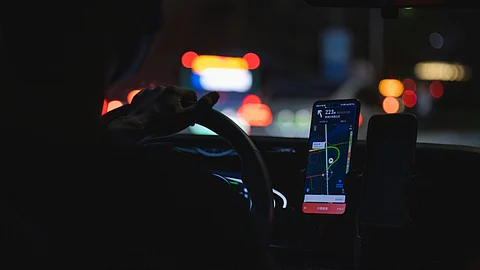
- Home
- NG Hindi
- India
- World
- Politics
- Sex & Relationships
- Entertainment
- Culture
- Lifestyle
- Economy
- Sports
- Sp. Coverage
- Misc.
- NewsGram Exclusive
- Jobs / Internships

An AI system capable of pinpointing a device’s location in dense urban areas without relying on GPS has been developed by researchers at the University of Surrey. Narrowing down localisation errors from 734 metres to within 22 metres, the innovation could be a significant step forward for technologies such as self-driving cars and aid delivery vehicles.
In a paper published in IEEE Robotics and Automation Letters, researchers describe PEnG (Pose-Enhanced Geo-Localisation), a technology that combines satellite and street-level imagery to determine location using only visual data. In environments where GPS signals are weak or obstructed, such as tunnels, cities like New York, or regions with poor connectivity, PEnG offers a reliable and precise alternative for navigation.
Tavis Shore, Postgraduate Researcher in AI and Computer Vision at the University of Surrey, said:
Unlike previous methods, which are limited by how often satellite images are sampled, PEnG uses a two-step process – first narrowing down the location at street-level, then refining it using relative pose estimation, a technique that analyses exactly where a camera is and which way it is facing. The system delivers high accuracy even when using standard monocular cameras found in most vehicles.
Dr Simon Hadfield, Associate Professor (Reader) in Robot Vision and Autonomous Systems at the University of Surrey and primary supervisor on the project, said:
Tavis and his team are now focused on building a working prototype, supported by the University of Surrey's PhD Foundership Award, which funds early-stage development of the proposed GPS-free navigation device.
See Also: Can AI Rescue the SDGs? Exploring an AI-Driven Lifeline for Sustainable Development
Professor Adrian Hilton, Director of Surrey’s Centre for Vision, Speech and Signal Processing, and the Surrey Institute for People-Centred AI, said:
The research has been released as open source to support future innovation in navigation technologies.
(AlphaGalileo/NS)
Also Read:
